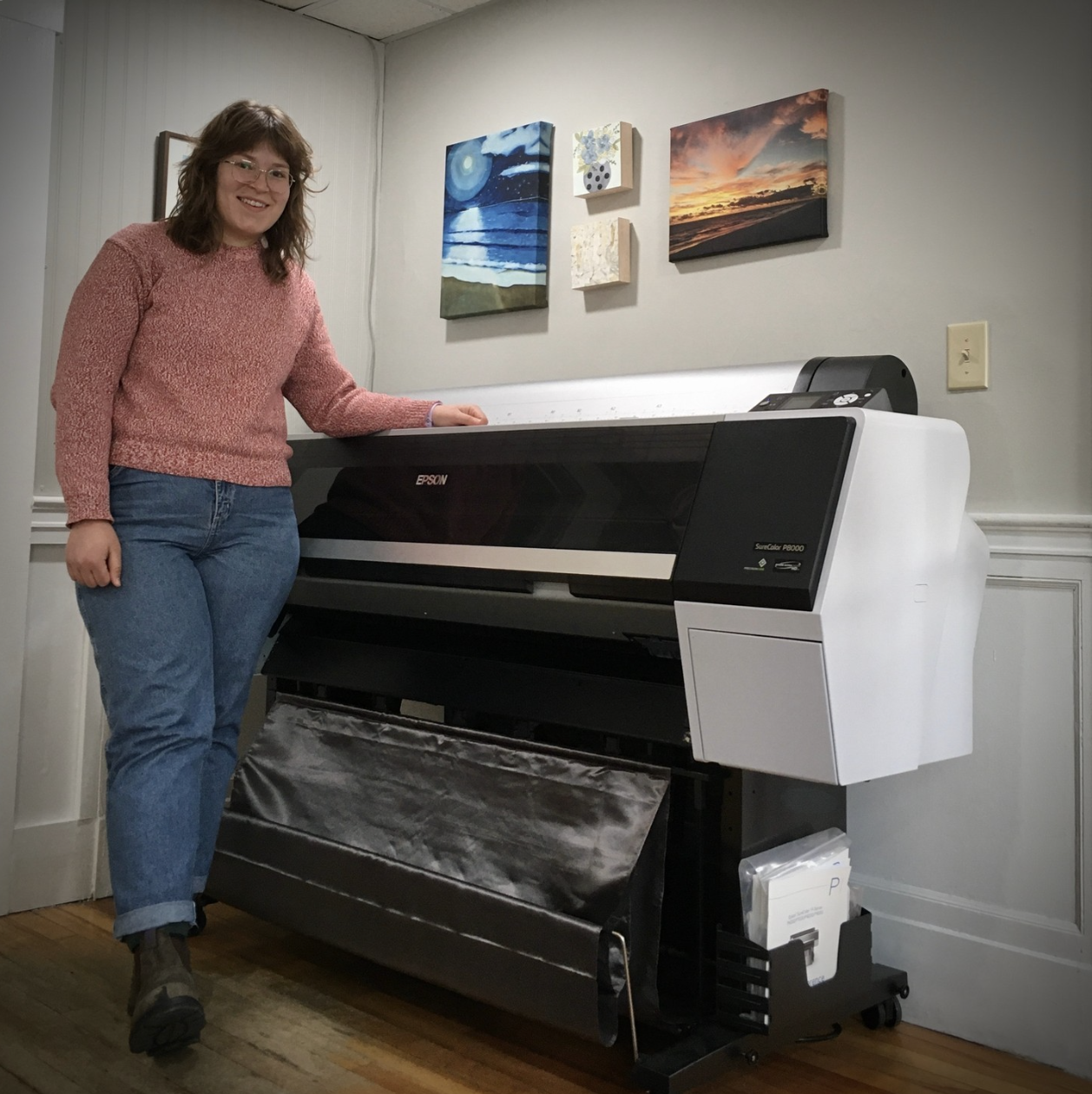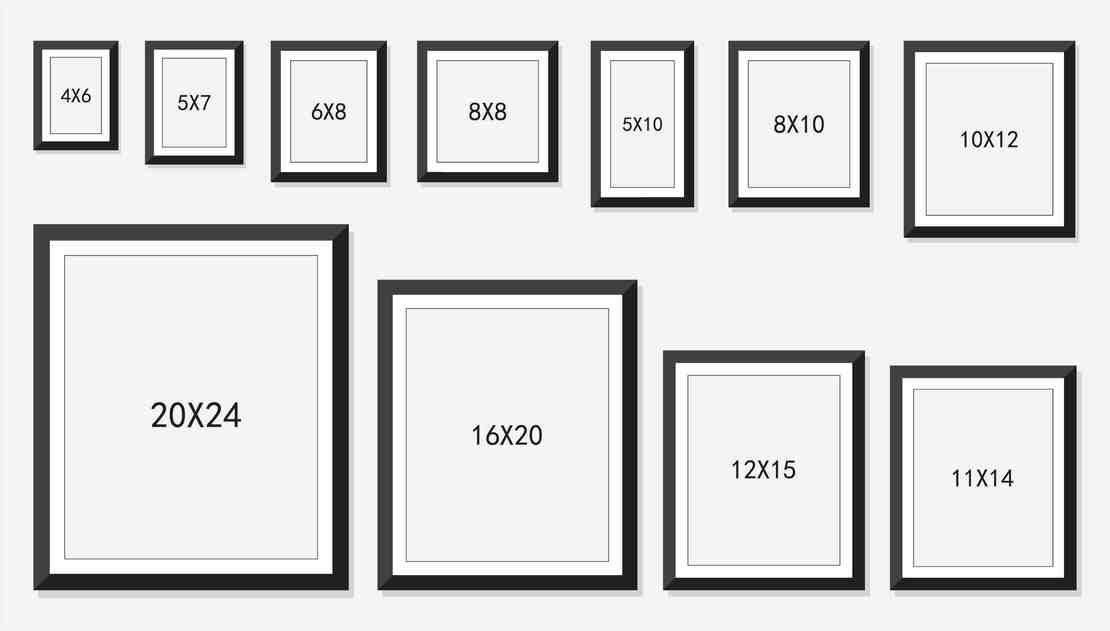A Guide to Purchasing High-Quality Art
Buying art can be daunting. Use this Guide to assist you in making informed buying decisions, in-person and online.
Image features Amber’s artwork Sand Beach, the only sandy ocean beach in Acadia National Park, on Mount Desert Island, Maine.
Buying art can feel overwhelming. Our eyes are easily drawn to pieces we find appealing. But how do we know we are getting a good value for our money? How do we know that the art pieces we fall in love with and invest in will last? It can be heartbreaking to find a much-loved drawing or painting has faded from the sun, yellowed from age, or changed colors over time. Understanding how to look for information about the quality of the product you’re considering is crucial.
The Importance of Quality in Art Investments
When considering the Quality of an art piece, you must consider:
How it was produced
The materials used to create it
The cost of superior quality
Purchasing Original Artwork
If you are considering purchasing an original piece of art, knowing how the artwork was produced can give you important clues about its quality. If you are buying an original piece, purchasing directly from the artist, or from a reputable gallery will give you much greater access to information about your purchase. You can speak with the artist or gallery owner directly to ask any questions that you may have, learn about the materials they use to create their art, and get their advice on the best ways to preserve and show off your newly acquired piece.
Nowadays, many artists are choosing to sell their artwork online, through their own websites, through ecommerce platforms like Shopify, through social media, and/or through online marketplaces like Etsy, Amazon, or Ebay.
Artists who are selling fine art prints, or reproductions of their art can also sell on third-party, art-specific marketplaces like Society6, Fine Art America, Artfinder, etc…
In all of these cases, it should be possible for you to reach out to the artist with any questions you may have.
Image features Amber’s original artwork, Icy Harbor, in the Maine Photo Works studio. Photo courtesy of @mainephotoworks
Purchasing Prints / Reproductions
If you are considering buying a fine art print, purchasing directly from the artist or from a reputable gallery is still your best option to ensure access to information about the quality of the piece you are considering. But, in this case, it is also important to find out how the artwork is being reproduced. There is a huge variance in the quality of fine art prints and art reproductions.
For cost and convenience, some artists are choosing to reproduce their own work at home, sometimes on regular office printers. Others are outsourcing their production to online producers who can produce, sell and drop ship art. This method can also be cost affective and affordable, but again, there are large variances in the quality of printers, ink and paper/canvas stock that online retailers offer. The best option, if you are considering a fine art print or reproduction, is to purchase from an artist using a high-quality print shop.
Local print shops are filled with experts on art reproduction. They have the best cameras and scanners to digitize artwork. This allows them to match colors exactly and capture tiny details like brush strokes and paint texture. They tend to use the latest, state-of-the-art professional printing equipment. These printers are often enormous, allowing them to reproduce much larger pieces of art than would ever be possible on a home computer. And they often use superior quality materials including inks, fine art paper and gallery and museum quality canvas.
Photo courtesy of Maine Photo Works @mainephotoworks
Questions to ask the artist:
What type of paper/canvas did you use?
Using museum or gallery quality materials like fine art paper and canvas can make an enormous difference when it comes to color, durability, and archival qualities (how long it will last).
Paper: If you are considering artwork on paper, ensure it is fine art paper. The difference between fine art paper and normal paper lies in the composition of the paper itself. Fine art paper contains natural fibers (usually cotton or alpha cellulose) and is not artificially bleached with chlorine, thus ensuring that the paper and the art on it can stand the test of time.
Canvas: If you are considering artwork on canvas, ensure it is gallery or museum quality. The canvas used for gallery or museum-quality artwork is typically made from 100% cotton or a blend of cotton and polyester. The material is carefully selected for its strength, durability and archival qualities, as well as its ability to absorb and retain the inks used in the printing process.
What medium did you use?
Knowing which medium was used to create a piece of art can determine how and where it should be displayed, and how durable/fragile you can expect the artwork to be.
Graphite/Charcoal/Chalk: Drawings done in Graphite, Charcoal or Chalk can be very fragile. Even when they have been sealed, they can still be smudged. For this reason, this type of art is best displayed under glass or out of reach where they cannot be accidentally bumped or smudged.
Watercolor paints/Inks: Artwork done in watercolor paint or some inks are created with mediums activated by water. Re-wetting these pieces can cause them to blend, run or blur. For this reason, this type of work is best displayed under glass and preferably not in rooms with high humidity where water could condensate and ruin the artwork. In some homes this could be a bathroom, kitchen, greenhouse or pool house.
Acrylic/Oil Paints: Once dry, acrylic and oil paints will not smudge or blur if they are touched. These types of work can be displayed with or without a glass frame, depending on whether paper or canvas was used, and where it will be displayed.
What printing process was used? (If it is a fine art print/reproduction of an original).
Fine art printing is the term often used to refer to professional artwork being printed on very high quality paper. This designation signifies certain quality criteria, with regard to the paper in particular, which are sought after by many artists, photographers and printers. Another term that indicates a high-quality printing process is Giclée. Giclée is a French term meaning “to spray” and refers to how the inkjet printers works and how giclée prints are usually produced. These large format inkjet printers use small spraying devices that can both match color and apply ink precisely, giving artists a high-quality print of their original artwork. Looking for these terms and for artists using local and professional print shops can be great ways to ensure you are receiving a top-quality product.
Learn more about What is so Special About a Giclée Art Print in this blog post.
Photo courtesy of Maine Photo Works @mainephotoworks
Displaying & Framing Art
Once you understand how to determine the quality of any art piece you are considering, the next step is to determine how it can be best displayed in your space. What size painting would look best over a sofa verses one in a narrow hallway? And what about framing options? If you aren’t prepared, sometimes framing a beloved piece can turn out to be just as expensive as the piece itself! On the other hand, the perfect frame can really enhance and set-off a favorite piece of art.
Learn about the 5 Guidelines for Sizing and Hanging Wall Art in this blog post.
When considering any piece of unframed artwork, knowing common framing sizes can be helpful, and usually, save you money. Purchasing artwork that will fit in common frame sizes allows you to take advantage of in-stock frames, both in your local stores and online. Uncommonly sized pieces of artwork will usually result in custom framing, and the hefty price tag which usually accompanies such a service. One way to purchase an uncommonly sized piece of art AND avoid custom framing is to purchase a stretched canvas or gallery-wrapped canvas.
Stretched canvas is canvas that has been stretched over a wood frame and is ready for display.
Gallery-wrapped canvas is also stretched, but the gallery wrap uses thicker stretcher bars & the canvas is wrapped all the way around the frame & stapled on the back for a clean, sleek presentation.
Artwork pictured: Sugarloaf/USA “Oh My Gosh” Corner | Harbor Seal | Ocean Froth at Newport Cove
Common Frame Sizes
Another consideration is where you’d like to display your artwork. I always recommend that artwork displayed in an area where there is a chance of moisture or splatter, like a kitchen or a bathroom, should be framed under glass for protection and preservation. On the other hand, in areas with large amounts of sunlight, artwork that does not need to be framed under glass can be a better choice. While glass over artwork can help to preserve and protect any piece of art, it does reflect light in certain conditions, which can affect how the artwork is viewed.
Learn more about the canvas and paper options I use in the Frequently Asked Questions About Purchasing Art blog post.
The Cost of Purchasing Quality Pieces of Art
Now that you know what to look for and what questions to ask when you are purchasing artwork, all that’s left to discuss is the cost. Artwork, like any rare, in-demand skill, can be expensive. The high costs of art supplies and materials, the long hours artists put in to creating art and honing their skills, and the general overhead that accompanies running any business can result in a high price tag.
To make art more affordable for a wider clientele, artists may offer prints (reproductions of their original artwork). But prints come with their own set of costs. While they don’t take as much of the artists hands-on time to create as an original does, artists must still purchase (or pay a Print Shop or third-party producer) for the material costs. These can include paper and canvas stock, ink, and production equipment like cameras, scanners, printers, etc…. The quality of all of these products, and the expertise of the person reproducing the artwork, whether it is the artist themselves, or a professional they’ve hired, also factor into the end cost.
In general, higher-quality products tend to cost more. Another factor that will affect price is rarity. Originals, being one-of-a-kind, tend to be the most expensive option. Limited edition runs of prints (a set number of reproductions of an original piece, often numbered to indicate their rarity) can be a more affordable option if you’d like to purchase from a highly-desirable, and highly-priced artist.. Open runs of prints (reproductions without a set number of copies that can be made) can be the most affordable option for the budget conscious.
Please reach out if you have any questions about art quality or the products I use at Maine Seastone Studios to produce high-quality, fine art prints.








